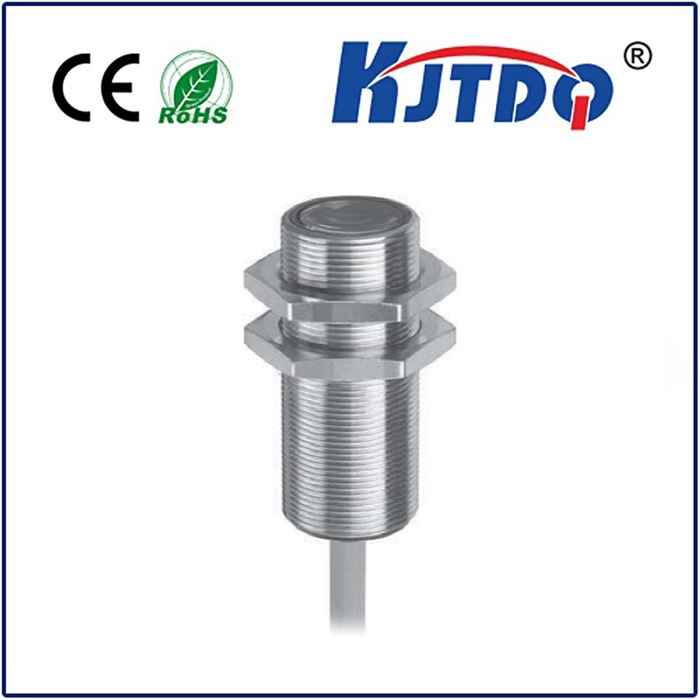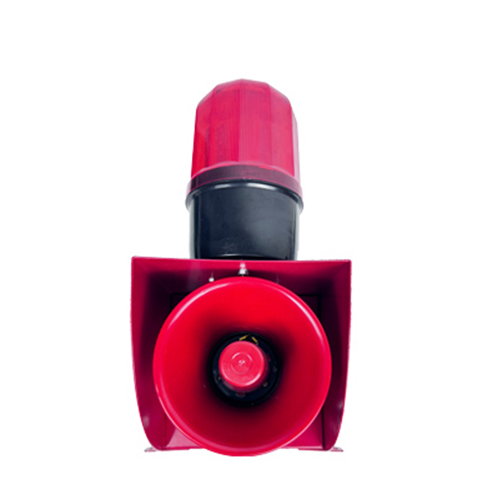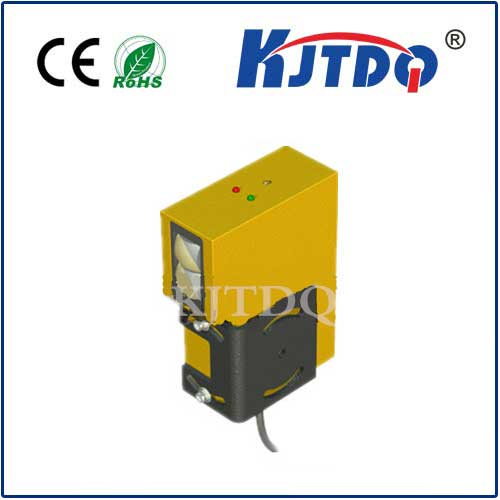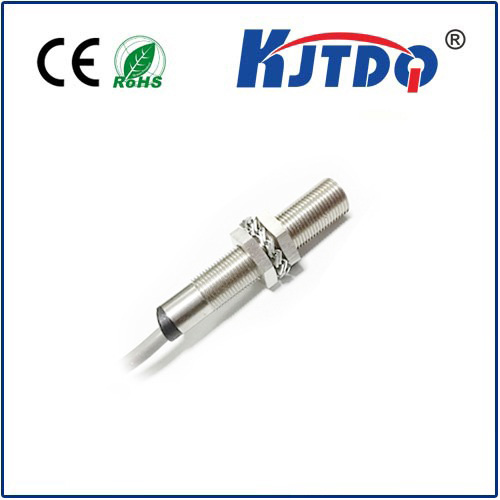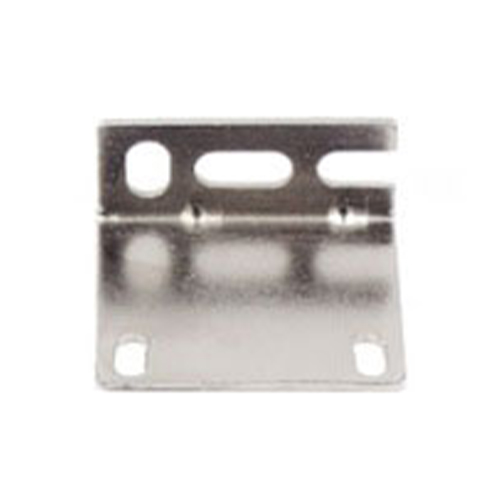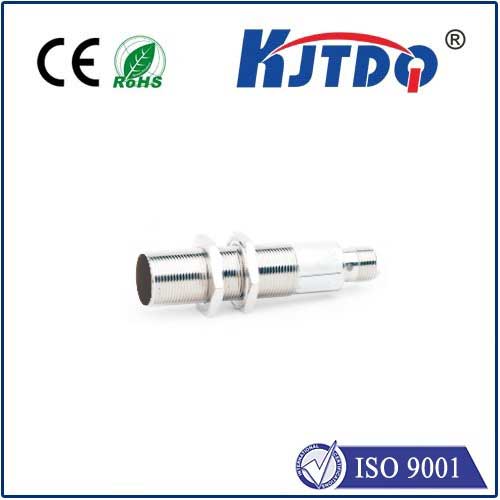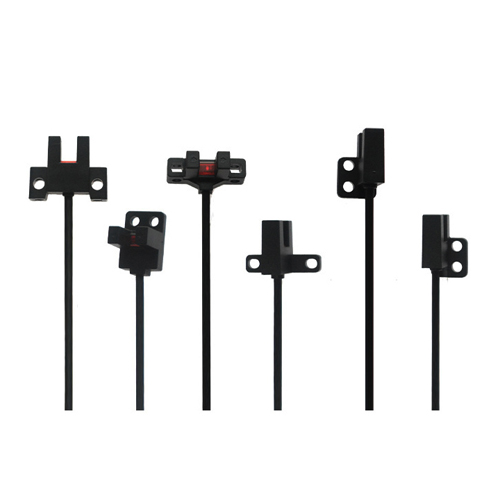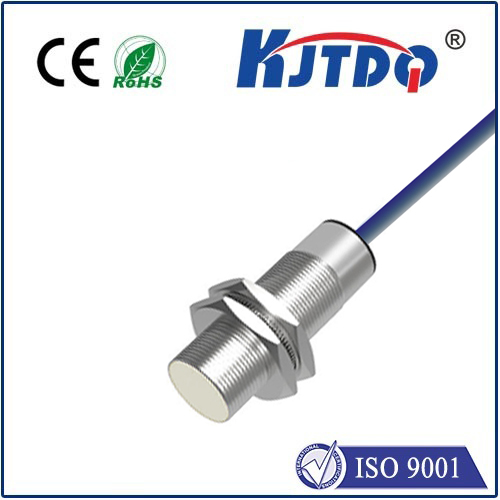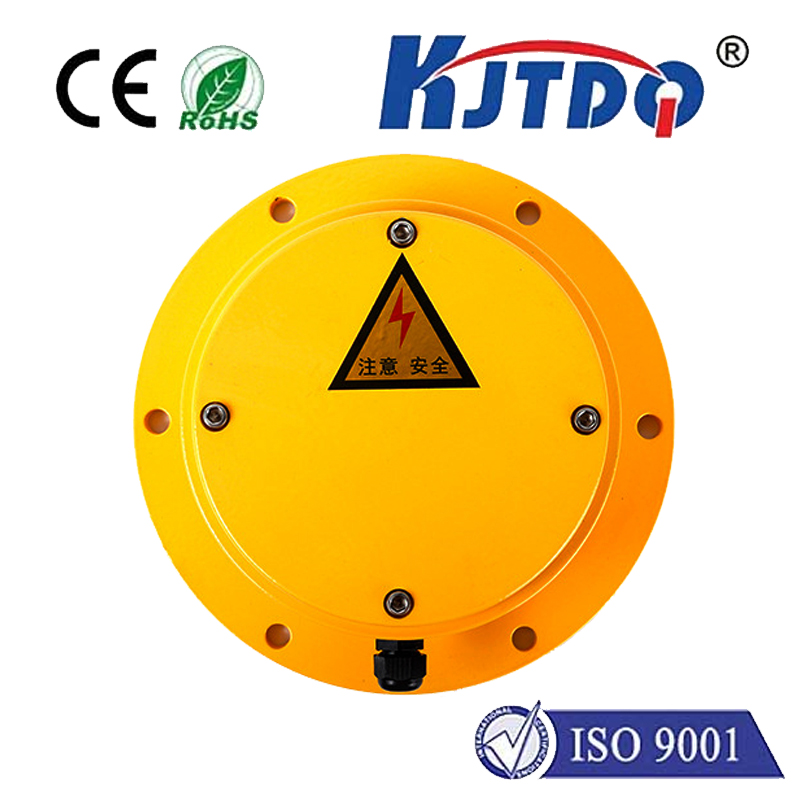m8 proximity sensor omron
- time:2025-07-07 12:14:16
- Нажмите:0
Omron M8 Proximity Sensors: Precision Detection in Compact Spaces
Industrial automation thrives on reliability. Downtime caused by faulty component detection is costly and disruptive. When space is tight but accuracy is non-negotiable, the M8 proximity sensor emerges as a critical solution. Omron, a global leader in industrial sensing technology, delivers exceptional performance within this compact form factor, making their M8 proximity sensors a preferred choice for demanding applications globally. Understanding their capabilities is key to optimizing machinery efficiency and minimizing operational hiccups.
Why Size Matters: The M8 Advantage
Standard proximity sensors often use larger M12, M18, or M30 threaded barrels. The M8 threaded housing, with its roughly 8mm diameter thread, offers a significant advantage in applications where mounting space is severely limited. This includes:
- Robotic Grippers: Fitting between fingers or within narrow end-effectors.
- Miniature Machinery: Small CNC machines, compact assembly stations, or lab equipment.
- Conveyor Systems: Monitoring small parts or detecting positions on tightly spaced pallets.
- Internal Components: Sensing within the confined spaces of larger assemblies or enclosures.
The compact size of the Omron M8 sensor allows for installation where larger sensors simply cannot fit, enabling more intricate and densely packed machine designs without sacrificing critical sensing points.

Omron’s Expertise in M8 Proximity Sensing
Omron leverages decades of sensor engineering prowess to pack robust functionality into this small package. Their M8 inductive proximity sensors typically offer:
- Reliable Metal Detection: Utilizing an inductive principle, these sensors detect the presence or absence of metallic objects (usually ferrous metals like iron and steel, with some models detecting non-ferrous metals like aluminum or copper depending on the sensing range and specific model).
- Shielded (Flush Mountable) or Unshielded Designs: Omron provides both options.
- Shielded (Flush Mountable) Sensors: Can be installed flush with surrounding metal mounting surfaces without affecting their sensing characteristics. This is crucial for protecting the sensor or fitting into flat surfaces. Integrating flush mount M8 sensors often streamlines complex assembly lines.
- Unshielded Sensors: Offer slightly longer sensing ranges than shielded equivalents of the same size but require space around them (free of metal) for optimal performance.
- Standard Sensing Ranges: While compact, Omron M8 sensors deliver practical sensing distances, typically ranging from 0.5 mm to 2 mm for shielded models and slightly longer for unshielded variants (check specific datasheets for precise values like E2E-S08 series specs).
- Durability and Protection: Built to withstand harsh industrial environments, Omron M8 sensors often feature robust housings (nickel-plated brass or stainless steel) and high IP ratings (e.g., IP67 or IP69K), making them resistant to dust ingress and capable of withstanding washdowns. This environmental resilience is paramount for food processing, chemical, or outdoor equipment.
- Electrical Options: Available in diverse configurations including DC 3-wire (NPN or PNP, NO or NC), AC/DC 2-wire, and sometimes analog output variants. Voltage ratings commonly include 10-30 V DC. NPN and PNP compatibility ensures integration flexibility with various PLC systems worldwide.
- Status Indication: Many models feature an LED indicator for power and output status, aiding in commissioning, troubleshooting, and maintenance.
Key Applications Where Omron M8 Sensors Shine
The unique combination of small size, reliability, and Omron quality makes these sensors ideal for numerous intricate tasks:
- Tool Breakage Detection: Monitoring tiny drill bits or end mills in compact spindles on small CNC machines. A missing tool is instantly detected.
- Position Verification: Confirming the presence or precise position of small pins, springs, screws, or other miniature components in automated assembly cells. Accurate position sensing prevents jams and defects.
- Valve Position Feedback: Sensing the open/closed state of compact valves in pneumatic or fluidic control systems.
- Gripper Confirmation: Verifying successful part pickup/release within the limited space of robotic or pneumatic grippers.
- Slit/Slot Detection: Monitoring the passage of materials through narrow slots or verifying the position of thin, metallic objects.
- Miniature Actuator End Position: Detecting the extended or retracted position of small linear actuators or cylinders.
Why Choose Omron M8 Over Generic Alternatives?
While many manufacturers offer M8 sensors, Omron stands out due to:
- Proven Global Reliability: Omron sensors are renowned for long service life and consistent performance, reducing replacement costs and unexpected failures. Operational continuity hinges on component dependability.
- Strict Quality Control: Rigorous manufacturing standards ensure consistent sensing characteristics and environmental protection ratings across every unit shipped.
- Precision Engineering: The ability to deliver reliable sensing within such a compact form factor requires significant engineering expertise.
- Comprehensive Support: Omron provides extensive technical documentation, CAD models, and global support networks, simplifying selection, integration, and troubleshooting.
- Wide Model Range: Offering variations in sensing range, output type, housing material (e.g., SS for corrosive environments), and connection style (cable or connector) allows for precise matching to application needs. The right sensor specification optimizes performance.
Selecting the Right Omron M8 Sensor
Consider these factors when choosing:
- Target Material: Ferrous metal only, or does it need to detect non-ferrous metals like aluminum? (Affects sensing range and model selection).
- Required Sensing Distance (Sn): Measure the gap needed between the sensor face and the target object. Choose a model with Sn slightly greater than this gap for reliability. Remember shielded vs. unshielded range differences.
- Mounting Constraints: Is flush mounting (shielded) necessary, or can an unshielded sensor be used?
- Environmental Conditions: Exposure to chemicals, oils, coolants, washdowns? Requires appropriate housing material (e.g., stainless steel) and IP rating.
- Electrical Interface: Match the output type (NPN/PNP, NO/NC) and voltage to your control system. Connector type or cable length is also crucial.
- Specific Model Series: Research Omron’s current offerings like the popular E2E/E2E-S08 series or specialized variants. Consult Omron datasheets for precise specifications.
Integrating Omron M8 proximity sensors translates into smarter, more reliable automation within constrained spaces. Their robust design, precision detection, and compact footprint provide a powerful solution where other sensors fail. Whether ensuring a robotic gripper successfully holds a tiny component or verifying the position of a miniature valve, these sensors deliver the critical feedback needed for seamless, efficient, and dependable machine operation. Investing in Omron quality ensures this performance endures, minimizing downtime and maximizing productivity.

